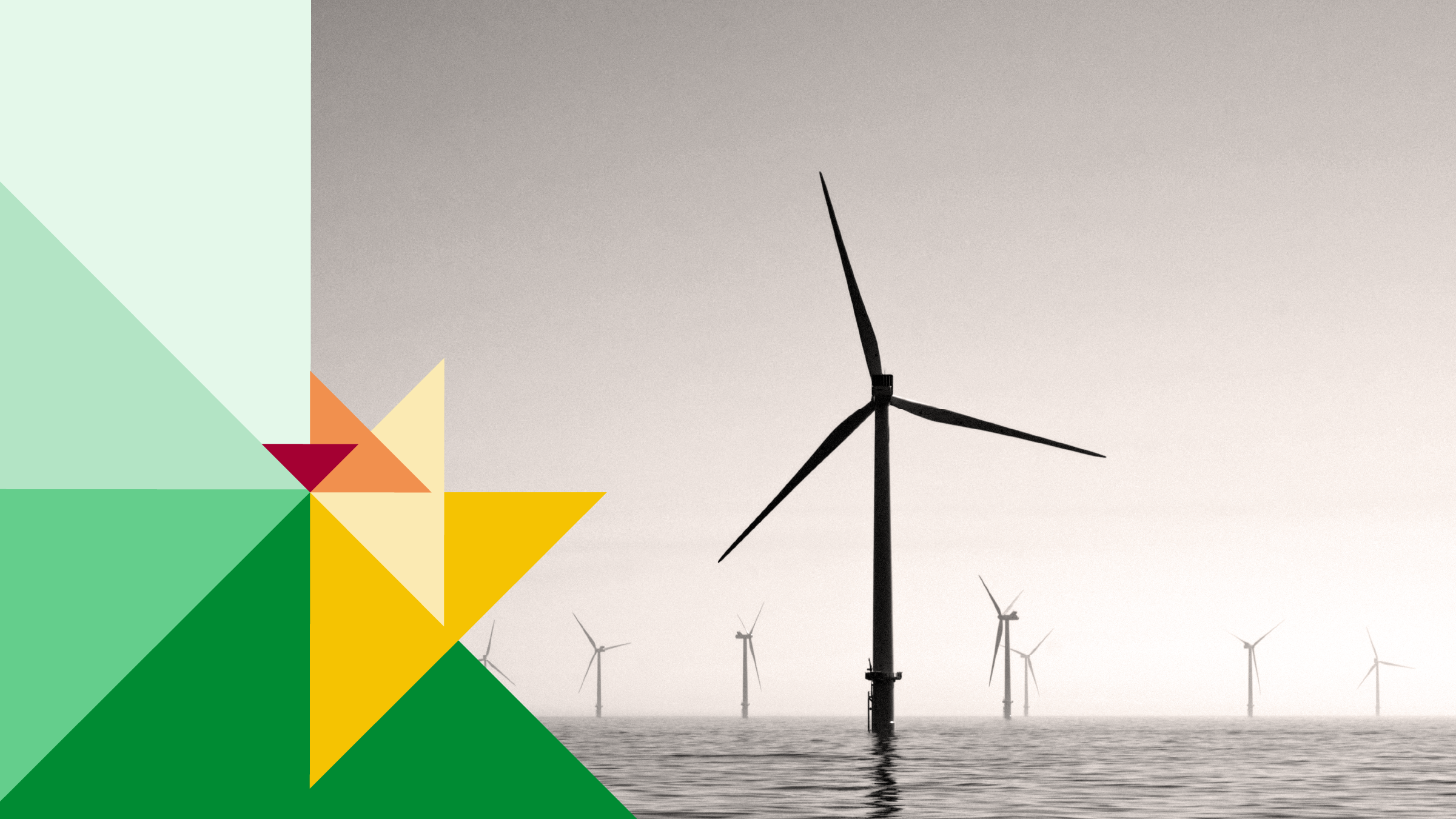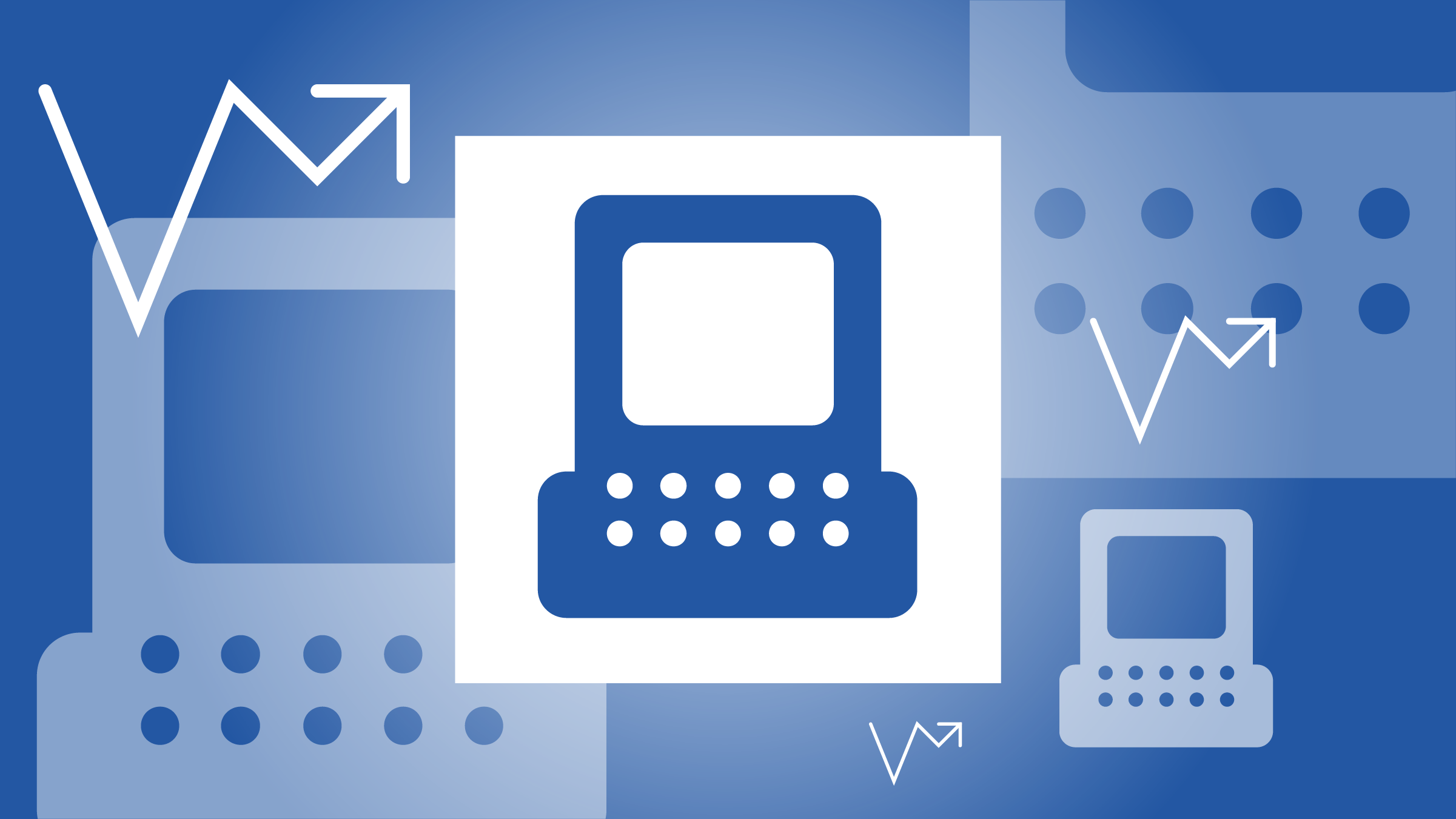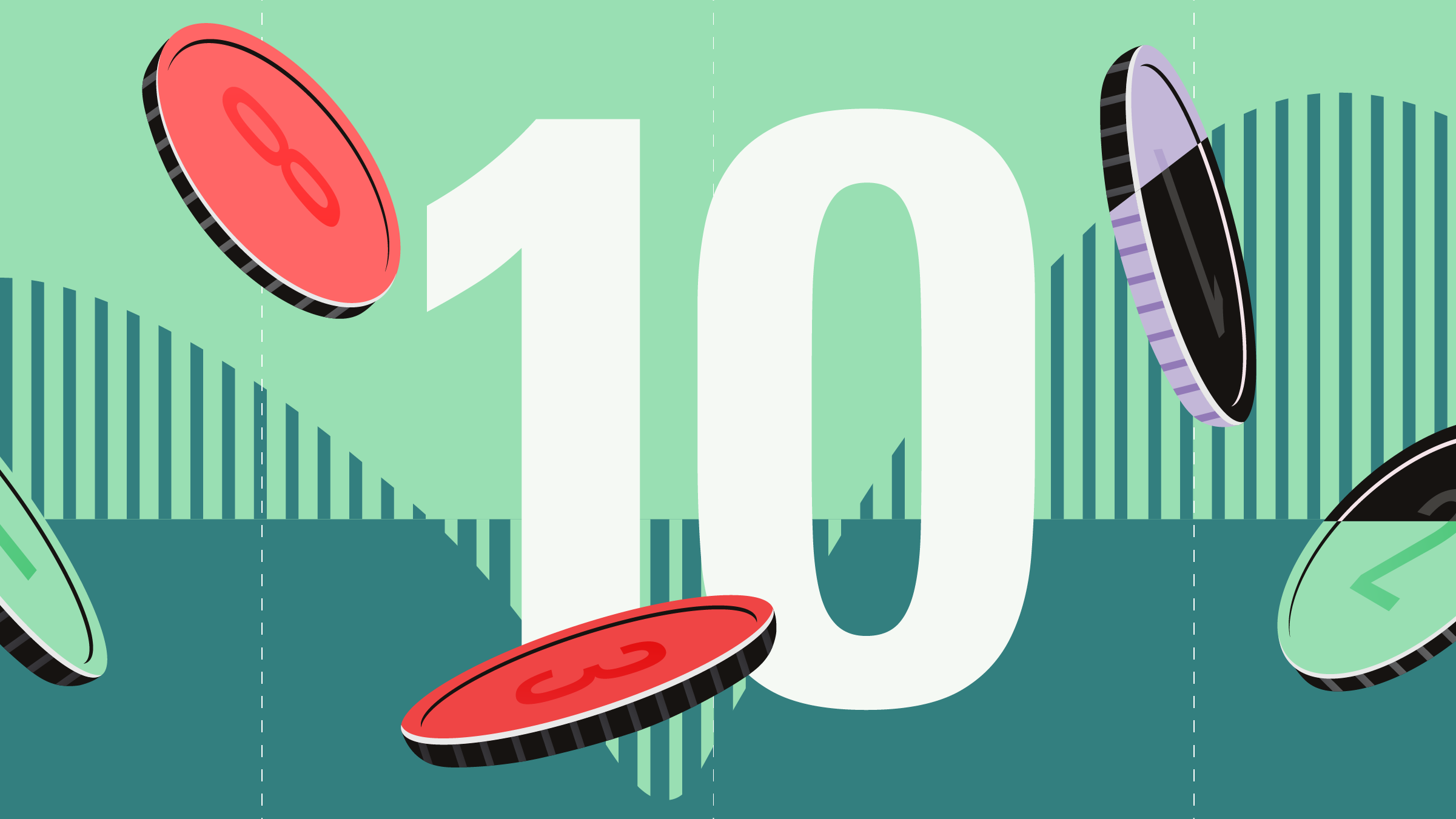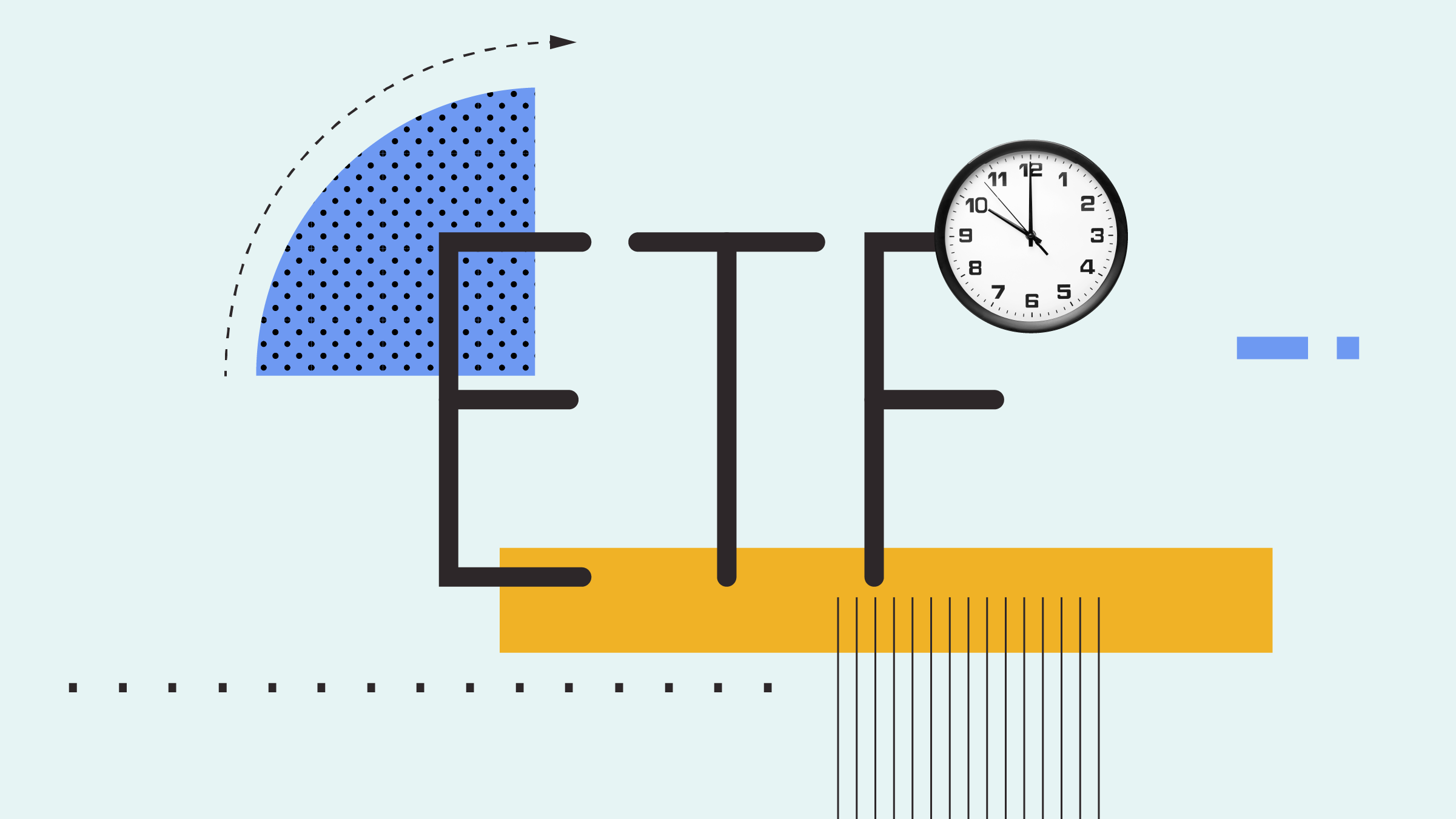
The importance of environmental, social and governance criteria (ESG) to investors is increasing rapidly around the world. Unsurprisingly, fund companies have raced to respond to this interest, both by launching rafts of new ESG offerings and trying to spiff up existing funds with an ESG gloss. This leaves investors with a lot of work to do to separate the wheat from the chaff. Quantitative measures such as the Morningstar Sustainability rating are part of the solution, but to provide investors with even more analysis and context, we’ve developed a new measure, the Morningstar ESG Commitment Level for funds.
What is the Morningstar ESG Commitment Level?
This ESG Commitment Level expresses our analysts’ assessments of asset managers’ and individual strategies’ commitment to incorporating ESG into their investment organisation and processes. The scale runs from best to worst as follows: Leader, Advanced, Basic and Low. We are launching the new measure on a group of just over 100 funds and 40 asset managers covered by our teams in North America, EMEA, Hong Kong and Australia. Going forward, we will produce the Morningstar ESG Commitment Level for strategies and asset managers for which we produce analyst ratings (funds will be assigned an ESG Commitment Level whether or not they profess to be an ESG offering).
The Analyst Rating, the Morningstar Sustainability Rating and the ESG Commitment Level
The Morningstar Analyst Rating and ESG Commitment Level are entirely separate. The Analyst Rating expresses our analysts’ expectations that a fund will be able to outperform its category benchmark index over time on a risk-adjusted basis. The ESG Commitment Level is not commenting on expected performance. It is solely focused on the level of incorporation of ESG across the pillars described below. Investors may find it helpful to use the two measures in tandem, but they don’t interact.
The ESG Commitment Level is complementary to the existing Morningstar Sustainability Rating (also known as the ‘Globe Rating’ or ‘Globes’). The latter is a quantitative holdings-based measure of a fund’s ESG risks relative to category peers. For its part, the ESG Commitment Level endeavours to show investors how and to what extent ESG factors are incorporated in a fund’s strategy, and which funds and asset managers are leading the way when it comes to their commitment to ESG investing.
Methodology
The ESG Commitment Level is assigned to funds and asset managers. The asset manager’s ESG Commitment Level is also an input into the fund’s ESG Commitment Level—this ensures we capture centralised resources and overall backing for ESG by the asset manager, both of which bear materially on the level and quality of ESG incorporation at funds. For the ESG Commitment Level, the rated asset manager will typically be the firm that handles day-to-day portfolio management, since its ESG expertise and level of incorporation is what matters most for this assessment.
For actively managed funds, our analysts assign the ESG Commitment Level based on their review of three key pillars: Process, Resources, and Asset Manager. The sharp-eyed among you will see that we are using the term Resources rather than just People. That’s because the availability and use of specialist ESG data is a key input alongside experienced personnel in our assessment of Resources. Process here includes an assessment of the manner and extent to which ESG is incorporated into the investment process. It also evaluates active ownership efforts (proxy voting and engagement with respect to ESG issues) and the transparency of reporting. A later article will take a closer look at how we assess these areas, but for now, I will just note that each pillar is scored and then rolled up into the overall ESG Commitment Level by weighting them as follows:
Process: 45%
Resources: 35%
Asset Manager: 20%
For passively managed funds, we tweak the approach to reflect the fact that nearly all passive ESG offerings are based on indexes licensed from third party providers, with the index methodology itself creating the ESG profile of the fund. Given this, data and ESG specialist personnel at the fund level aren’t material to our assessment. We therefore exclude Resources from our assessment and focus primarily on Process, with the resulting weights as follows:
Process: 80%
Asset Manager: 20%
To develop our view of asset managers, we assess three key pillars: Philosophy & Process, Resources, and Active Ownership. Philosophy & Process examines the history of a firm’s involvement with ESG investing and its importance within the firm’s culture and investment strategies. The Resources pillar looks at the quantity of ESG data sources the firm uses, the ways in which the firm uses the data and ensures that it is propagated to research teams, as well as the extent and experience of firmwide ESG specialist resources and how they work with investment teams across the firm. Lastly but far from least, Active Ownership assesses a firm’s policies and actions for voting proxies and engaging with firms on ESG matters. The scores are rolled up in the ESG Commitment Level using the following weights:
Philosophy & Process: 40%
Resources: 30%
Active Ownership: 30%
The complete results of our initial work will be released as a white paper, accompanied by analyst text justifying the ESG Commitment Levels assigned for each Asset Manager and fund in the group we have covered for launch. In the future, the ESG Commitment Level and accompanying text will be made available across our platforms much as the Analyst Rating presently is. For more information, please keep an eye out for further articles taking closer looks at specific aspects of the methodology. You can download the methodology paper here.








:quality(80)/cloudfront-us-east-1.images.arcpublishing.com/morningstar/6BCTH5O2DVGYHBA4UDPCFNXA7M.png)
:quality(80)/cloudfront-us-east-1.images.arcpublishing.com/morningstar/Q7DQFQYMEZD7HIR6KC5R42XEDI.png)











